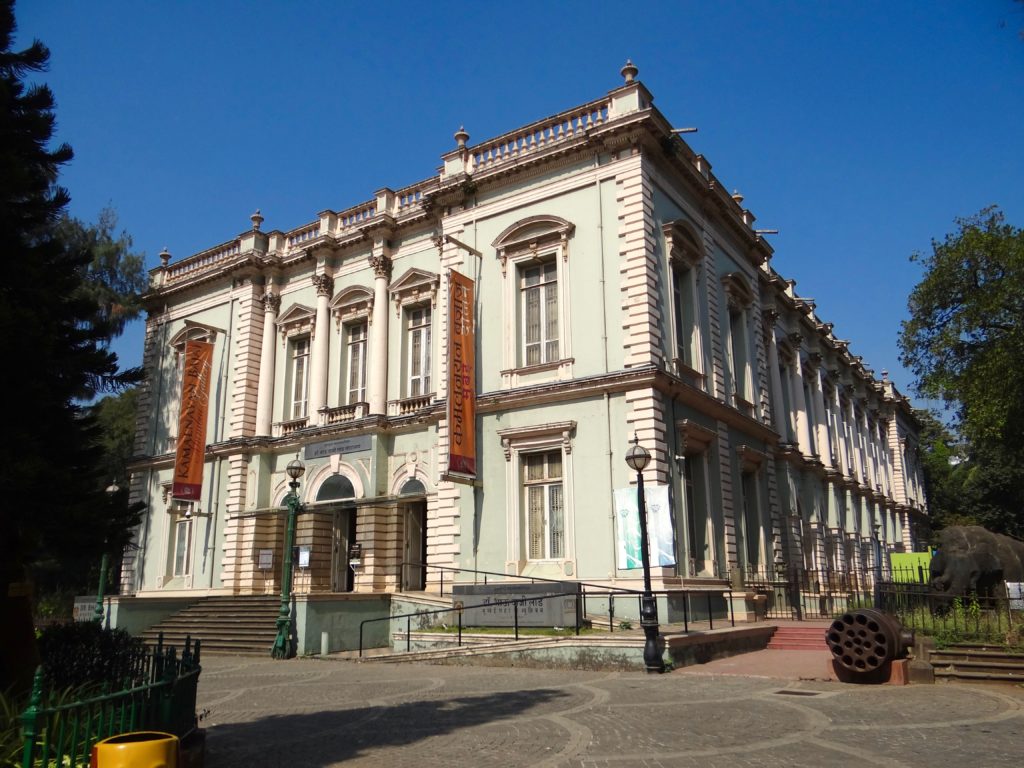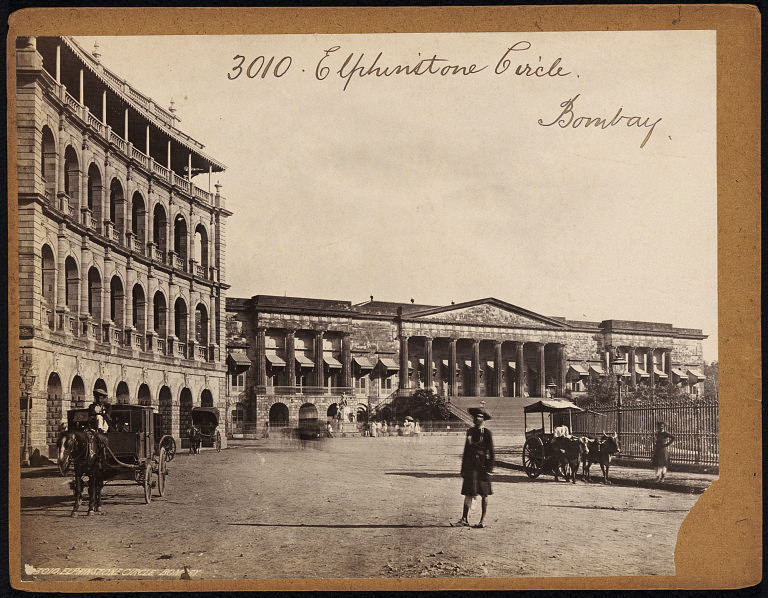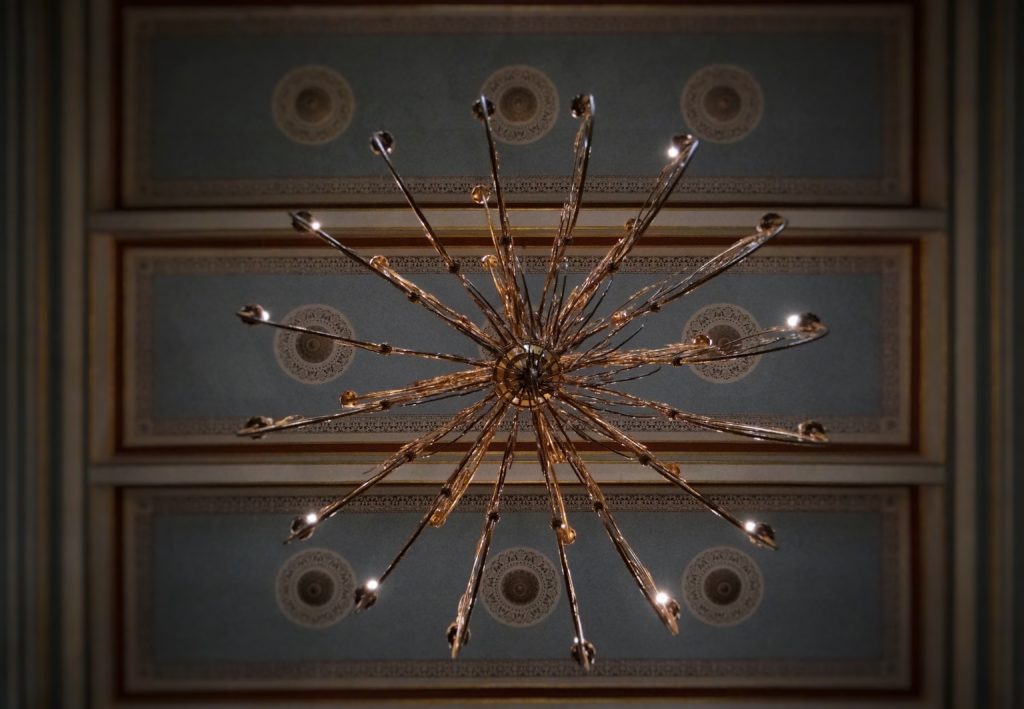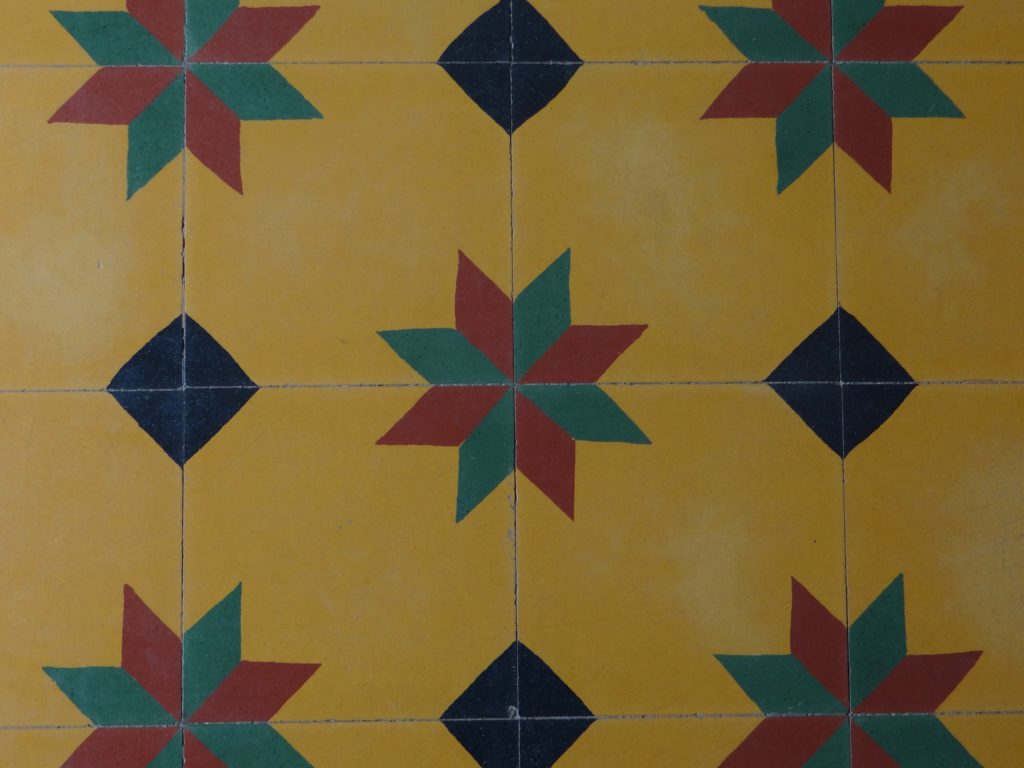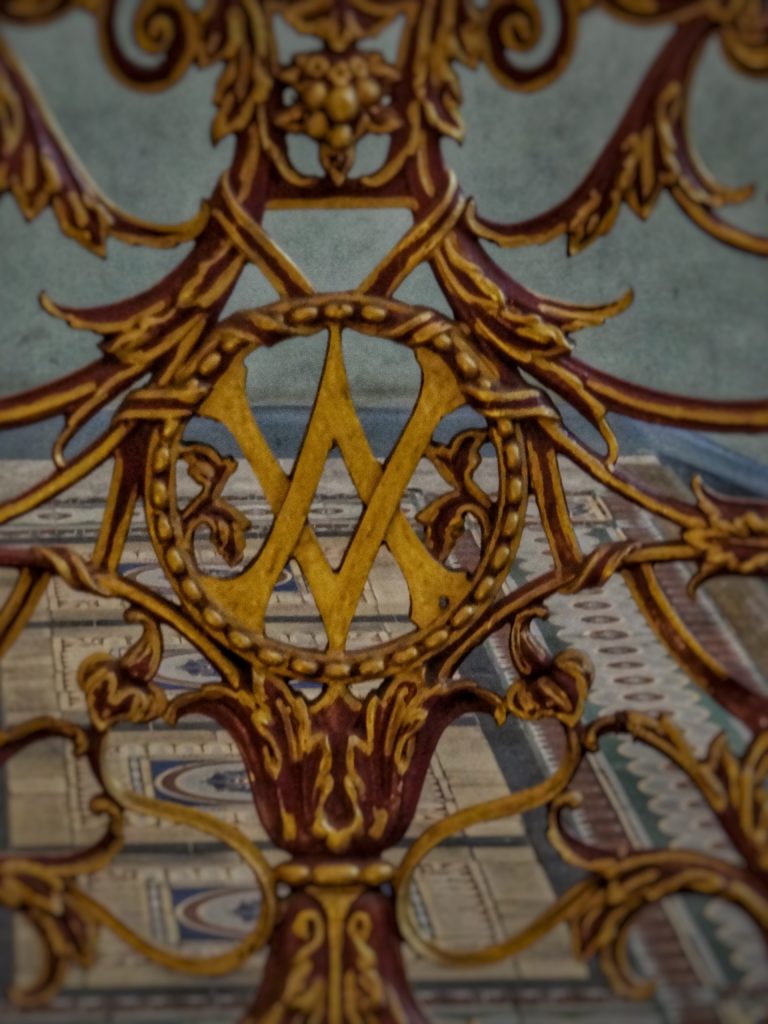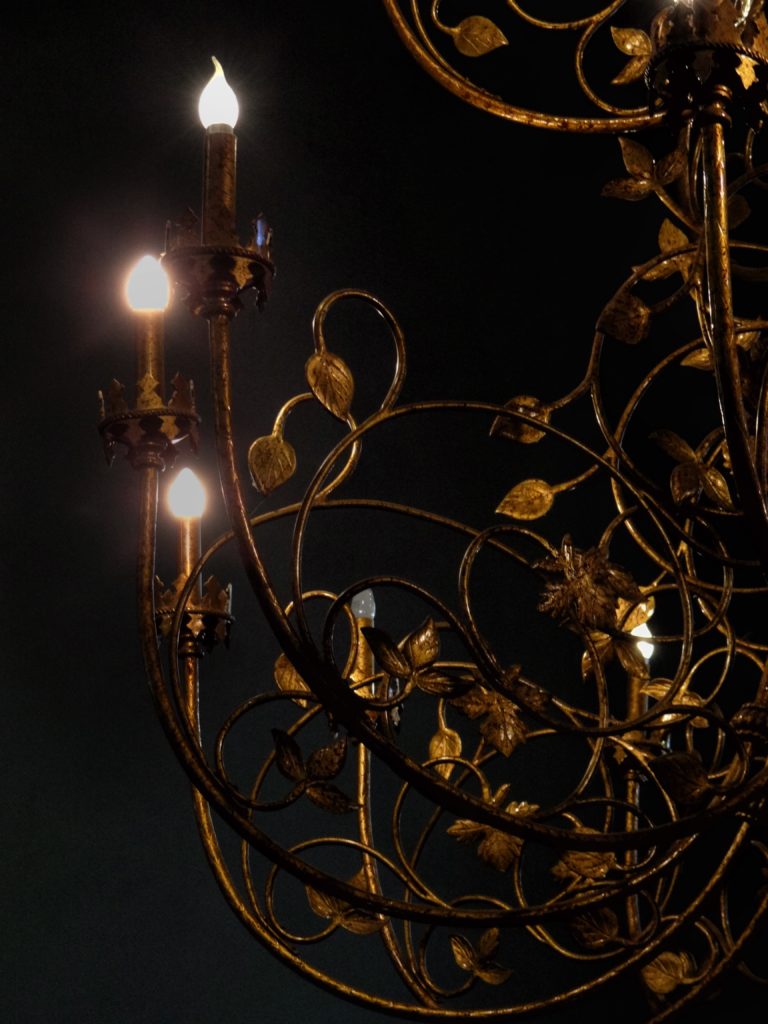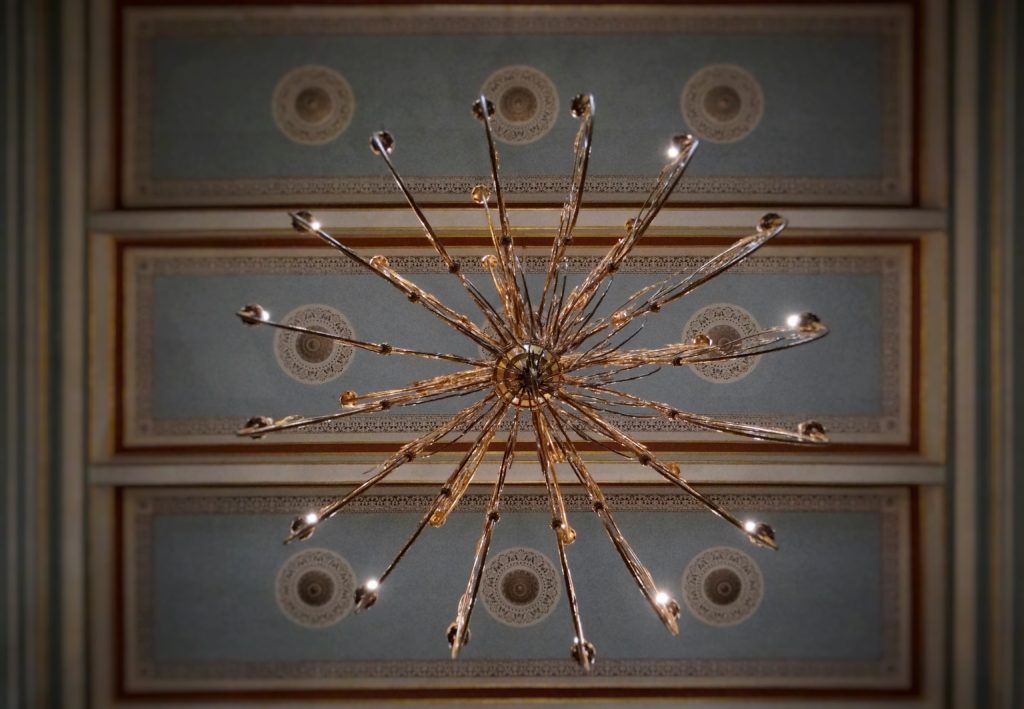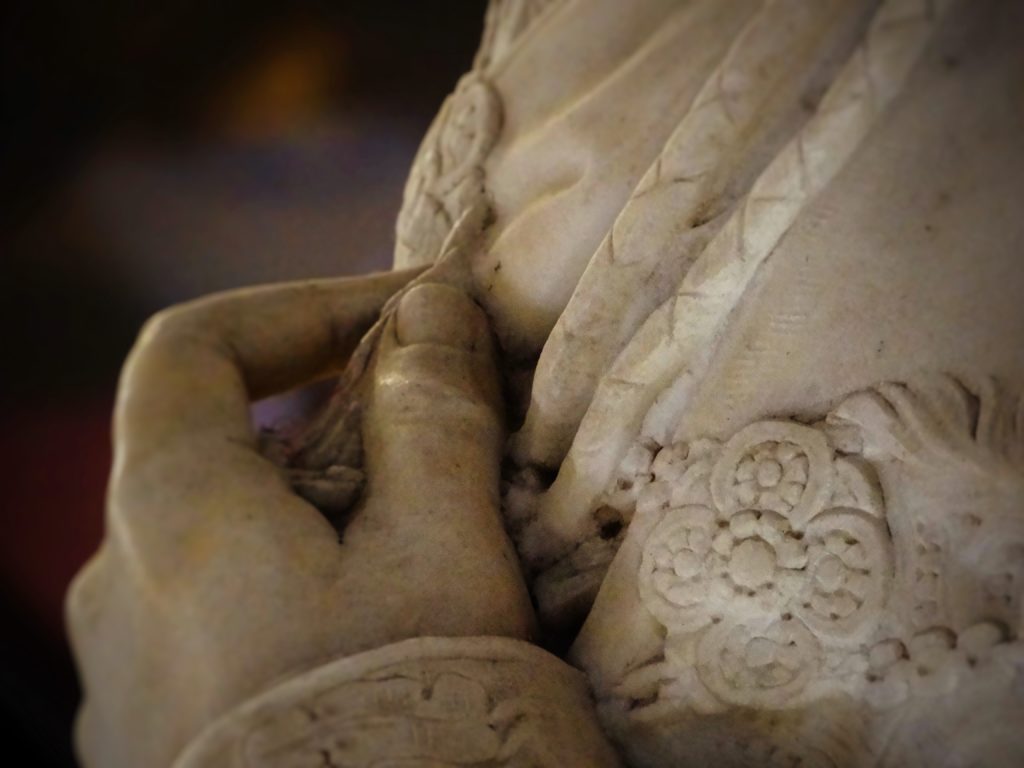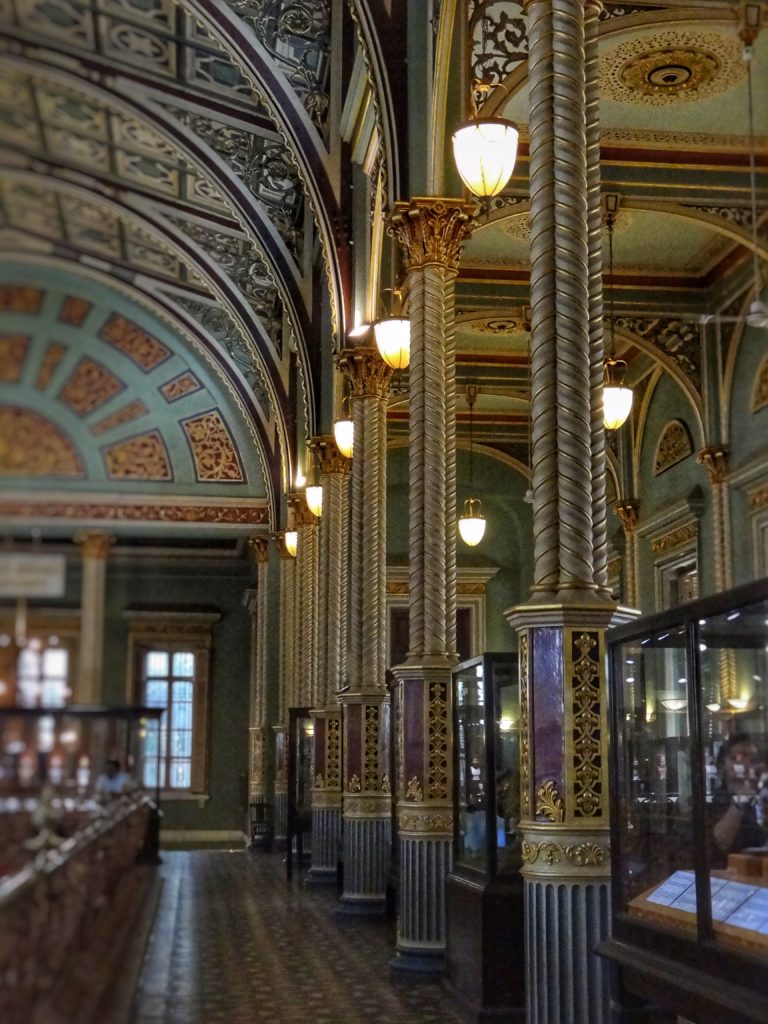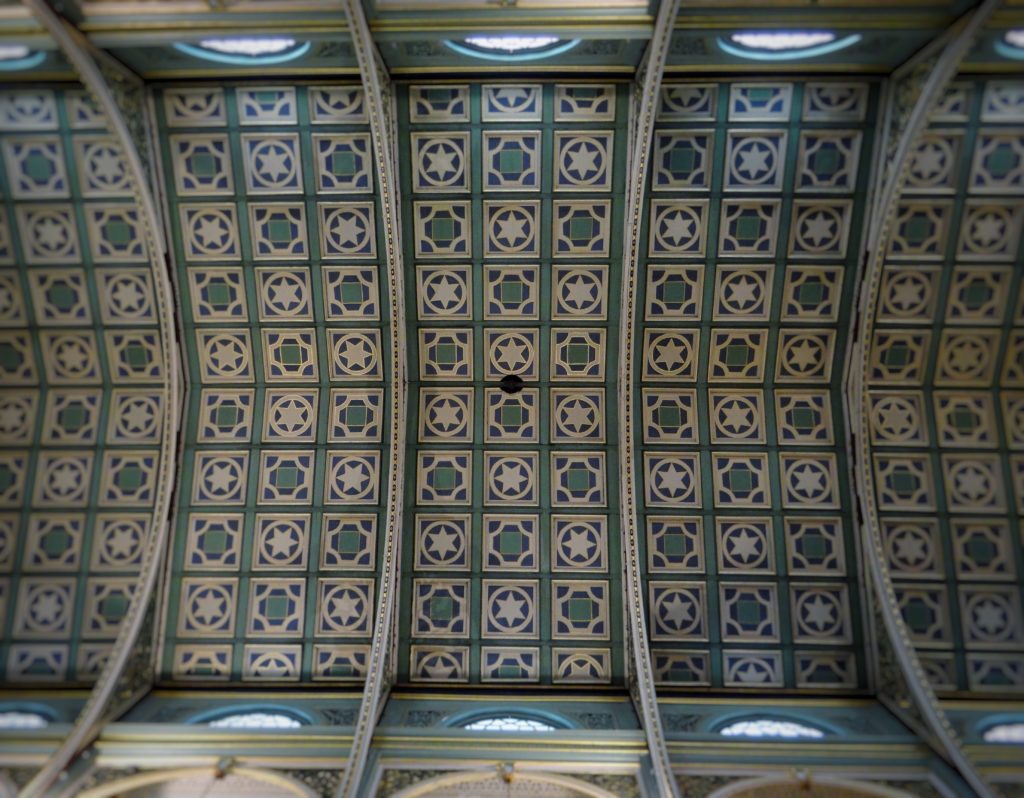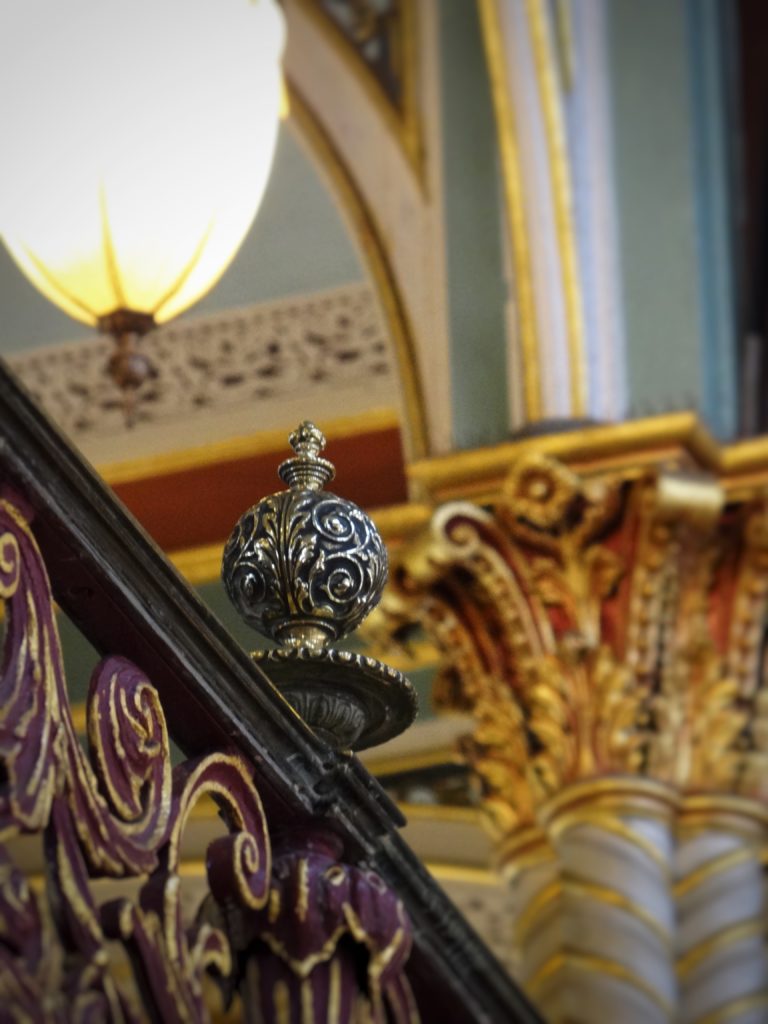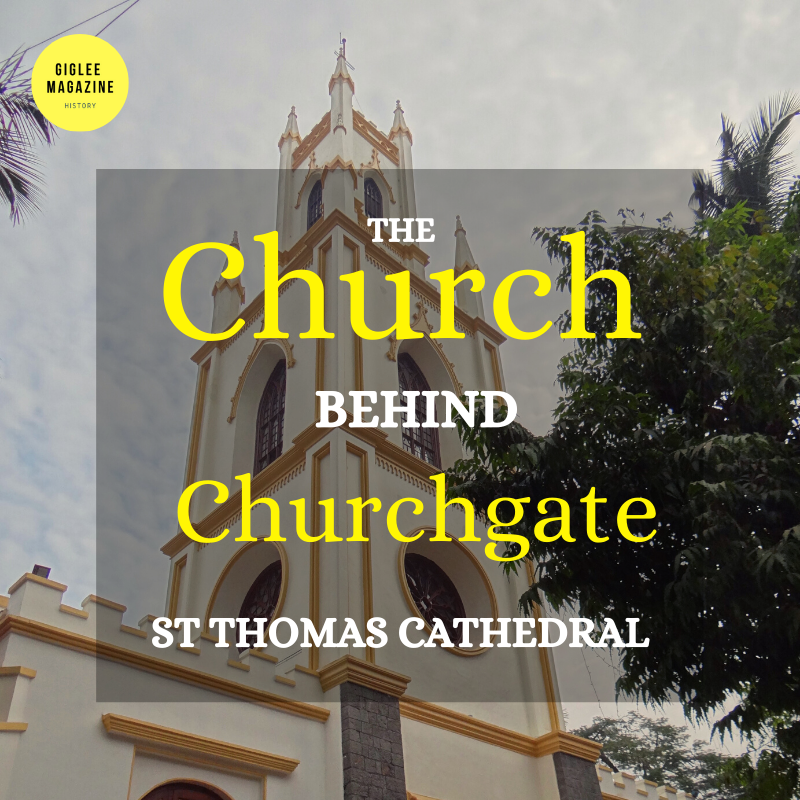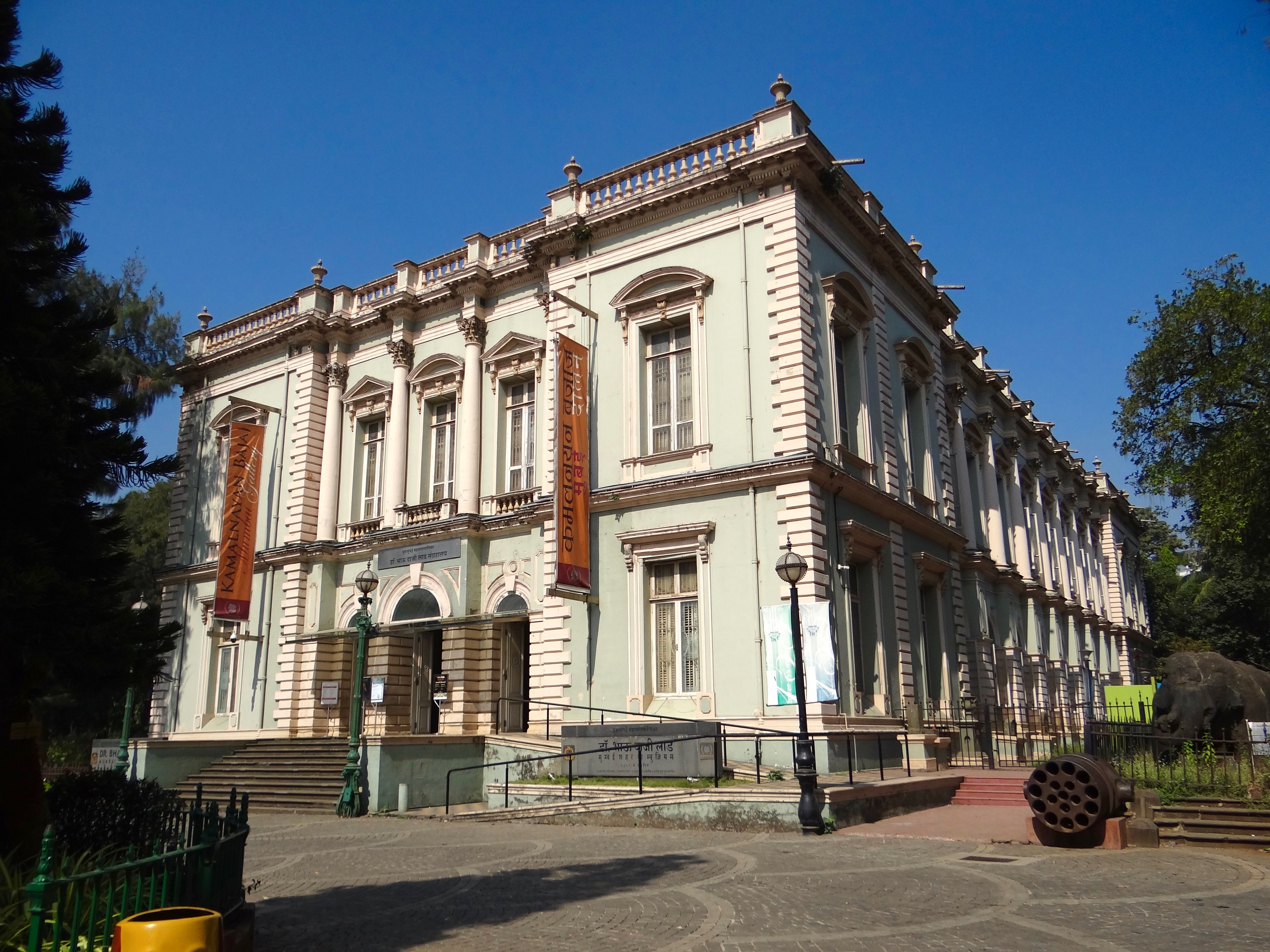
Dr Bhau Daji Lad Museum in Mumbai
A Summary of Mumbai: The Bhau Daji Lad Museum
The Incredible Story of Dr Bhau Daji Lad Museum in Mumbai
Watch This
Listen to This
In the middle of the bustling city of Mumbai, sat an old Renaissance Revival structure. It was in a pitiful condition with broken glass, broken balustrades and algae covering the building. Plastic covers kept the leakage out.
The interiors were no different from the exteriors, if not more derelict. The leakage and algae had found their way here. A few plants had buried their roots inside the walls.
And the display cases were every museum lovers nightmare personified. Artefacts had been damaged, broken even due to careless handling. Fungus called these artefacts home. The old and original display cases had scratches and weren’t sufficiently lit up. Visitors could hardly make out the artefacts inside.
I am speaking of a museum nestled in a progressive city like Mumbai. This museum is called Bhau Daji Lad Museum formerly called the Victoria and Albert Museum.
On a fine Saturday morning, as I walked up to the Dr Bhau Daji Lad museum in Mumbai for a photowalk, I didn’t see a derelict museum. Standing in its place was a well maintained specimen of a Renaissance Revival building. Hints of Doric columns with a bit of Gothic style lining the walls and of course the words ‘Dr Bhau Daji Lad’ museum welcoming me.
To be honest, until I took it upon myself to share my photowalk with you, I didn’t know the extent to which this museum had been restored. That was until I looked into their website and read about the groundbreaking restoration work. Thus instead of just talking about my photowalk through this museum, I’d like to tell you the tale behind it.
It made me feel a sense of pride to read and compare the tremendous change the museum has seen pre and post restoration. It is one of the best restorations to take place in the world even winning a UNESCO award. To my eyes, its like magic.
A Bit of History
In 1851, the city of London saw one of the largest exhibitions of all times. Queen Victoria’s husband, Prince Albert had organised the Great Exhibition of 1851.
Exhibits from across the British empire were on display. In the 1800s, the British empire stretched over most of planet earth. The most important Jewel of the Crown was of course India and its first city, Bombay. Bombay was as it still is, a money generating magnet.
Artefacts from this city were sent to London for the exhibition. Once the Great Exhibition came to an end, the artefacts came back to Indian shores.
In a city like Bombay where industries and trade was the only thing that mattered, what was to be done with artefacts?
These artefacts were put on display at the Town Hall, today Mumbaikars know it to be the Asiatic Library.
The Town Hall though was no place for historic artefacts. The lack of storage area for these artefacts gave the elite businessmen of Bombay an idea. Why not construct a museum instead?
They chose an area near the current Byculla station. This museum was to be the Central Museum of Natural History, Economy, Geology, Industry and Arts.
The Governor Sir Bartle Frere laid the foundation stone on November 19th, 1862.
Dr. Bhau Daji Lad campaigned heavily to raise funding. He was able to raise Rs.1,16,141 and himself donated a large sum. The government themselves paid up to Rs.1,00,000. (I haven’t got the commas wrong, that’s how Indians write their numbers)
In 1857 when the Crown took over British India, the museum was renamed as the Victoria and Albert Museum.
Post independence in 1975, the museum was yet again renamed to Dr Bhau Daji Lad museum after the man who worked to finance and conceptualise it.
By 1997 the Bhau Daji Lad museum found itself in a horrifying state of neglect. To an amateur’s mind, the building didn’t look like it would last another monsoon.
INTACH came as a Knight in Shining Armour. They partnered up with the MCGM (Mumbai Municipal Corporation) and Jamnalal Bajaj Foundation in 2003. Five years later, the museum reopened in a new light eager to welcome Mumbaikars and tourists who visit this city.
More About the Restoration
INTACH in partnership with the MCGM and Jamnalal Bajaj Foundation began restoration in 2003. There was a lot of work to do.
The network of cables that ran across the museum walls were spoiling its beauty. These cables had to go. The lighting needed change so did the entire interior and exterior facade.
I cannot tell you the entire restoration process however there are a few notable things I’d like to share.
The museum housed a carpet from the Yerwada Prison that lay in tatters. If you see the picture, the carpet looks like an angry knot made by some really mad threads.
The previous curator had decided to discard this lovely vibrant piece. The restoration committee decided to painstakingly restore it instead. The restoration committee invited Kashmiri artisans to help. The state of Kashmir is well known for its carpets. The committee also took pains to import a special thread from the Middle East.
What seemed to be an impossible task of restoring a dilapidated piece of cloth turned into a success story.
They turned the old storage and dump areas in the museum into research and conservation centres. They also restored the damaged artefacts and the old wooden display cases to showcase these artefacts.
Skilled artists repainted the lost details on the walls along with the Corinthian columns. They also repaired damage done to the artefacts and the building’s structure. Lovely lamps brought light and life back into the museum.
It were these beautiful interiors and exteriors that I photographed on Saturday. And I felt happy and proud to see people care about their history to restore a dying museum.
Today the museum houses artefacts that speak of the diversity of this small yet populated city.
The story of Mumbai begins with its seven islands, the reclamation projects, the different industries that thrive here, and the variety of religious people living here. You’ll find miniature sculptures of couples dressed in the different traditional dresses according to the place they come from.
Mumbai is after all a melting pot of cultures. It may not have global diversity but it does house people from all over India. This museum showcases just that.
However it would be really great if the museum also exhibited a few old pictures of Bombay. A bit of then and now, so we can all gawk at the transformation of Bombay as it became Mumbai.
—————————-
To understand ‘Dr Bhau Daji Lad Museum in Mumbai’ better
Read about how ‘Bombay became Mumbai‘
—————————-
My Photowalk
So what about the photowalk? Well, it was indeed a fun experience and a learning curve.
It has inspired me to click more photographs.
I never realised how the time whizzed past so taken up by the architecture and the statue of Prince Albert was I.
I photographed the facade of the museum and its Doric columns. Inside I fell for the stucco work and the beautiful English Milton tiles.
The lamps and columns were equally gorgeous but the statue of Prince Albert stole the spotlight.
Behind him facing the opposite side was the bust of Lord Elphinstone (Governor of Bombay) and of Queen Victoria herself.
She sat facing the grand staircase which is adorned by a beautiful chandelier. And I have a weakness for chandeliers, especially the big ones.
The upper floor is a sort of a balcony that looks in on the ground floor. The railings on this floor bear the initials ‘VA’ for Victoria and Albert.
Prince Albert’s statue still peeked in on this floor.
Since I am such a fan of the British Monarchy and the Victorian Era (1830-1901), I really wanted a good snap of the Prince Consort.
Unfortunately I just couldn’t get a clear picture of his face:(
I guess I probably haunted him that night snapping so many photographs in a bid to click a good picture….
Here are a few pictures I took. Constructive criticism is welcome.
Have you visited Mumbai or are you a Mumbaikar yourself? Comment below.
If you enjoyed reading ‘Dr Bhau Daji Lad Museum in Mumbai’ please share it with your friends.
NOTE: The Bibliography for this post is missing. Please help us credit the sources that deserve it. If you believe your work, or a work you know of needs to be cited here, please write to editor@giglee.in to inform us. DISCLAIMER: The intention of this article is not to hurt anyone's sentiments. The thoughts expressed in the article are purely those stated by the author of the work. The information provided on this website may not be complete, reliable, accurate and/or updated. The details you share with the website will not be shared or sold. We are not liable if in case of theft, your data is stolen. The content on this website is provided without any warranties whether express or implied. If you have a doubt, query or complaint please write to editor@giglee.in and we shall respond as soon as possible.




